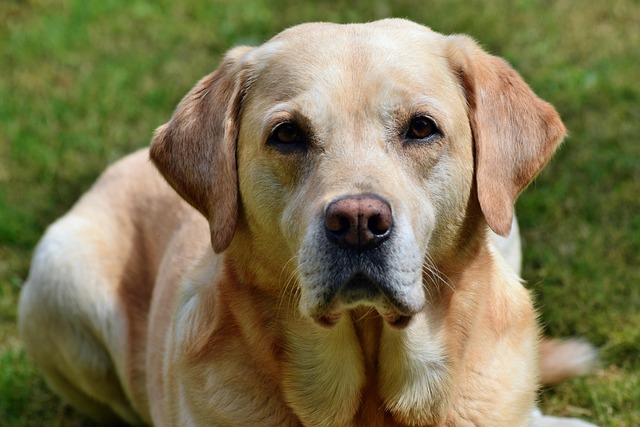
How can I tell if my dog's heatstroke is serious
Let’s be real: It’s a sticky August morning in Los Angeles, and you took your 2-year-old Golden Retriever, Max, for a walk a little later than usual
You might’ve noticed your Cocker Spaniel shaking their head more after a walk in the rain, or your Basset Hound scratching at their ears during playtime. It’s not just a coincidence—floppy-eared dogs often trap moisture, dirt, and even pollen inside their ear canals, creating a warm, damp space where bacteria and yeast thrive. This doesn’t mean every floppy-ear pup will get infections, but they do need extra attention to keep those ears healthy.
Before grabbing any at-home ear cleaner, check if your local area has regulations about over-the-counter pet care products—some regions require vet approval for items that treat or prevent infections. A quick call to your vet can save you from using a product that irritates your dog’s ears, especially since floppy ears are already more sensitive to harsh ingredients. Vets often recommend gentle, pH-balanced cleaners that won’t disrupt the ear’s natural protective barrier.
 Routine cleaning is key, but it’s easy to overdo it. Most vets suggest wiping the outer ear (never sticking anything deep into the canal) with a soft cloth or cotton ball after activities that get ears wet—like swimming at the local dog park or bath time. For dogs that love water, consider ear covers designed to keep moisture out; just make sure they fit comfortably so your pup doesn’t try to chew them off.
Routine cleaning is key, but it’s easy to overdo it. Most vets suggest wiping the outer ear (never sticking anything deep into the canal) with a soft cloth or cotton ball after activities that get ears wet—like swimming at the local dog park or bath time. For dogs that love water, consider ear covers designed to keep moisture out; just make sure they fit comfortably so your pup doesn’t try to chew them off.
It’s also important to stay on top of regular vet checkups, as many areas have animal welfare laws requiring preventive care for common breed-specific issues. During these visits, vets can spot early signs of infection—like redness, a foul odor, or discharge—that you might miss. Catching problems early not only keeps your dog comfortable but also avoids more serious issues, like hearing loss, down the line.
If your floppy-ear dog does get an infection, follow your vet’s treatment plan exactly. Skipping doses of medication or stopping early can lead to recurring infections, which are harder to treat. You might also need to adjust their routine temporarily—like avoiding muddy hikes or frequent baths—until their ears fully heal. And don’t forget to keep records of treatments; some cities require proof of veterinary care for public dog park access.
Caring for a floppy-ear dog’s ears isn’t complicated, but it does take consistency. By combining regular cleaning, vet checkups, and following local pet care laws, you’ll help your pup avoid the discomfort of ear infections. After all, a happy dog with healthy ears is one that’s ready to enjoy every walk, play session, and snuggle with you.

Let’s be real: It’s a sticky August morning in Los Angeles, and you took your 2-year-old Golden Retriever, Max, for a walk a little later than usual

You're enjoying a summer afternoon at the park when you notice your dog has stopped panting and appears disoriented - their gums are bright red

Let’s paint the picture: You’re in your Denver apartment, watching your 4-year-old Boston Terrier, Ruby, plop down mid-play session with her favorite toy

Many dog owners notice their pets nails seem shorter after regular walks,but how much does this daily activity actually help?The answer depends on where you walk—concrete sidewalks or asphalt streets gently file nails as a dog's paws hit the ground

Most dog owners notice their pup scooting across the carpet at some point, but few connect it to impacted anal glands. These small sacs near a dog’s rectum secrete a scent for marking territory

Most vets agree that regular dog teeth cleaning is key to avoiding painful dental issues later. For healthy adult dogs, a professional cleaning at the vet’s office every 12 to 18 months usually works well.